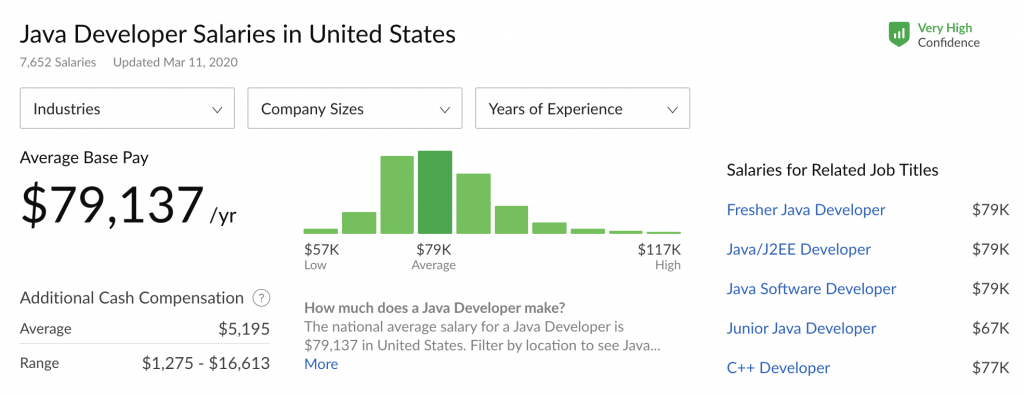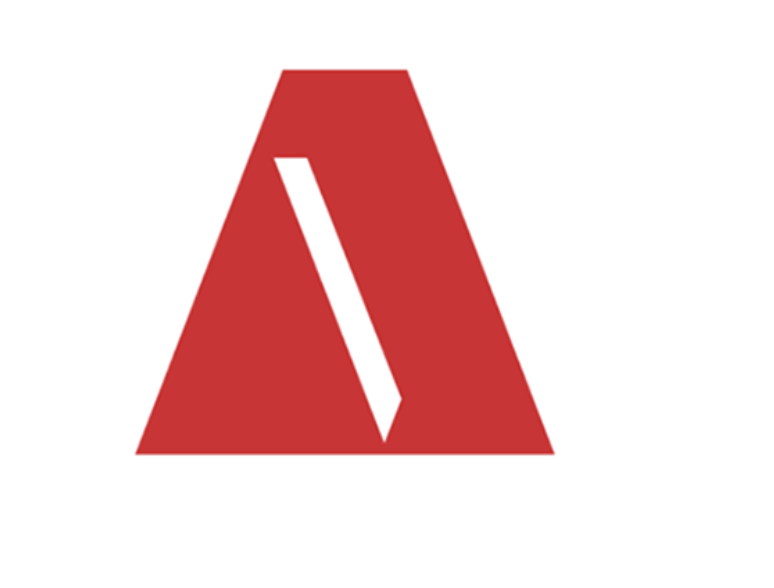- Services
- Artificial Intelligence Development
- Deep Learning & Neural Network Development Services
- Professional Machine Learning Development Services
- Enterprise Computer Vision Development Services
- Enterprise Natural Language Processing Development Services
- Chatbot & Conversational AI Development Services for Business
- Enterprise Computer Vision Solutions For Healthcare
- Transformative Healthcare AI Development
- Retail & E-commerce AI Solutions for Personalization & Growth
- AI Integration & MLOps Development Services
- AI Agent Development & Intelligent Automation
- Generative AI Solutions
- Outsourced Product Development
- Custom Software Development
- Software Customization & Integration
- Mobile App Development
- Custom Application Development
- Software Architecture Consulting
- Enterprise Application Development
- AI-Powered Documentation Services
- Product Requirements Document Services
- Artificial Intelligence Development
- Industries
- Healthcare Software Development
- Telemedicine Software Development
- Medical Software Development
- Electronic Medical Records
- EHR Software Development
- Remote Patient Monitoring Software Development
- Healthcare Mobile App Development Services
- Medical Device Software Development
- Healthcare Mobile App Development Services
- Patient Portal Development Services
- Practice Management Software Development
- Healthcare AI/ML Solutions
- Healthcare CRM Development
- Healthcare Data Analytics Solutions Development
- Hospital Management System Development | Custom HMS & Healthcare ERP
- Mental Health Software Development Services
- Medical Billing & RCM Software Development | Custom Healthcare Billing Solutions
- Laboratory Information Management System (LIMS) Development
- Clinical Trial Management Software Development
- Pharmacy Management Software Development
- Finance & Banking Software Development
- Retail & Ecommerce
- Fintech & Trading Software Development
- Online Dating
- eLearning & LMS
- Cloud Consulting Services
- Healthcare Software Development
- Technology
- Products
- About
- Contact Us
How Will IT Services Costs Change in 2020?
According to Gartner’s analysts, in 2020 the world costs in this field will increase by 5%, up to 1.08 trillion US dollars, and in 2021 they will reach 1.14 trillion US dollars (+5.5%). But with the current global economic situation, it’s hard to predict anything. The IT services segment and the entire software development market continue to change very rapidly.
We can definitively say that in 2020 the demand for AI-based solutions is expected to grow, which has been a steady trend during the last couple of years—particularly for mobile solutions.

So, what makes costs increase?
There are two factors that directly influence the costs for services within IT companies.
The first one is the growing demand for automation solutions. The second is the lack of qualified employees which affects the entire digital economy.
This is mainly related to a number of trends:
- The pay rise in insourcing structures of large enterprises and outflow of specialists from integrators to insourcing companies.
- The increase in the number of projects and growth of their complexity due to the automation level advancement.
- The lack of specialists.
Therefore, the first conclusion is software development costs will continue to rise both in 2020 and 2021
The development costs will only increase. The possible drop in prices could be related to the transition to object-oriented programming languages, but, in practice, cost reduction hasn’t occurred thus far and is still not happening now. So, we can expect that in the next 10 years, software development costs will only grow.
Now let’s see in which field the development will be in most demand and, therefore, most expensive
Among AI systems, relatively simple, mass products that are available on the cloud will be the most popular. Also, complex and unique solutions where advanced, and thus most expensive, technologies and algorithms will be applied will also be in high demand. The latter category could lead to the rise in costs for custom software development and highly qualified IT services. Specialists with the most advanced technologies (which are constantly becoming more complex) will still be in high demand. The interest in such experts is traditionally strong, and their costs will continue to increase. On the other hand, steady growth in the number of professional teams able to implement and customize off-the-shelf and cloud products with AI elements will form a new trend. It will lead to a reduction in the average price for AI products and services for their customization.
The second conclusion is that popular solutions based on artificial intelligence will steadily reduce in prices as soon as experts enter the international market.
New promising technologies, having just entered the market and are in high demand, cost more due to their popularity and the lack of companies or specialists able to implement such innovative technologies. As their popularity and demand increase, the number of potential service providers grows as well, leading to an equation of prices that correspond to mid-market prices based on the cost per hour for a specialist.
So, how will the global IT service market continue to develop?
It is obvious that the costs of IT services will continue to grow. Cost reduction will only occur with a revolutionary change in the industry, such as the introduction of something able to reduce the labor required to build a complete software product. However, such an introduction is yet to be seen.
Recent Posts
- The Foundation Crisis: Why Hiring AI Specialists Before Data Engineers is Setting Companies Up for Failure
- ERP vs CRM vs Custom Platform: What Does Your Business Actually Need?
- The AI Enthusiasm Gap: Bridging Corporate Optimism with Public Skepticism in Enterprise AI Adoption
- The Future of AI-Powered Development: How Cursor Plans to Compete Against Tech Giants
- How Much Does Custom Software Development Cost in 2025? Real Numbers & Breakdown

